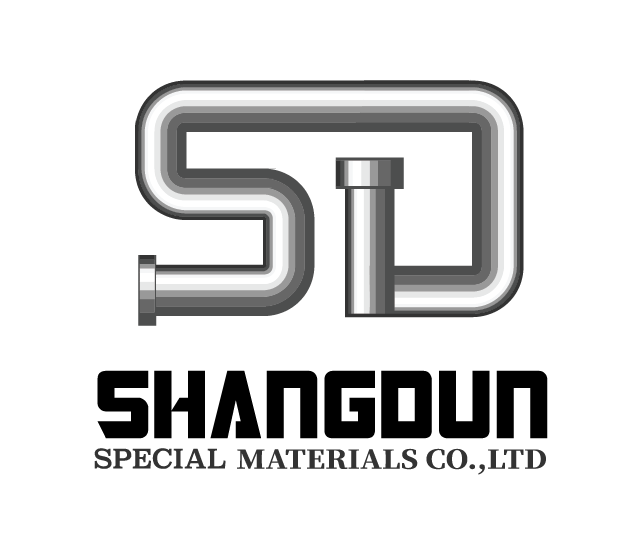Full corrosion can occur in acids, salts, aqueous alkalis, and some corrosive gases. When the composition of the alloy is confirmed, the two dominant factors affecting its overall corrosion resistance are material and environmental effects. Material factors are heat treatment and thermal history, including welding and thermal processing. Environmental factors include the type of corrosive media, mass fraction, humidity, and pressure. After the determination of the corrosive medium conditions, the dominant factors affecting the overall corrosion resistance of the material are the heat treatment state and the heat history.
Corrosion of nickel, nickel-base and iron-nickel base corrosion resistant alloys in acid solution
In sulfuric acid
Sulfuric acid is widely used as a chemical medium for chemical processing. Because it is highly corrosive to materials, suitable structural materials have always been the focus of the material production and equipment manufacturing sectors. The electrochemical nature of the corrosion of metallic materials by sulfuric acid varies greatly with its concentration. For material corrosion, <=25% H2SO4 is a reducing acid. As its concentration increases, the oxidation of the acid also increases, but the reduction is still dominant; when the concentration is greater than 85%, it The corrosive properties completely become oxidizing acid solution.
When applying the practice table, the dilute sulfuric acid solution with a mass fraction of less than 85% is very corrosive to metallic materials, with 50% to 60% being the most severe. In the pure sulfuric acid solution, the ordinary Mo-containing stainless steel TP316 can be used to boiling temperature in a solution with a concentration of less than 5%, and has no engineeringly available corrosion resistance at room temperature in a concentration of 40% ~ 60% sulfuric acid, some high-molybdenum Copper-containing super-austenitic stainless steels can only be used in the most severe corrosive sulfuric acid below 60 degrees Celsius. Therefore, the most suitable corrosion-resistant structural material in high-temperature dilute sulfuric acid can only be found in nickel-base and iron-nickel-based corrosion-resistant alloys.
Obviously, in the low concentration of pure sulfuric acid, Ni-Cr-Mo nickel-based corrosion resistant alloys and Ni-Cr-Mo-Fe, Ni-Cr-Mo-Fe-Cu iron-nickel based corrosion resistant alloys are more than TP316 austenitic stainless steels. Has better corrosion resistance, and its use temperature is close to the boiling temperature of the acid. In medium-concentration sulfuric acid, these alloys can only be used at moderate temperatures. Applicable corrosion resistance is only approx. 100 degrees Celsius. Only Ni-Mo alloys are available in all concentrations of sulfuric acid at higher temperatures. Sex. Then in the acid containing oxidative impurities, the Ni-Mo alloy will be severely corroded. The high Cr and Mo Cu-containing alloys 31 and 33, which were introduced in 1990, exhibited excellent corrosion resistance in sulfuric acid and were comparable to high-Cr, Mo nickel-based alloys.
High-concentration H2SO4 corrosion of metals is a strong oxidizing medium. The corrosion resistance of high-nickel corrosion-resistant alloys is strongly constrained by the chromium content in the alloys. Alloy33 containing 33% Cr exhibit excellent corrosion resistance. Its advantage lies in its absence of various technical obstacles such as the use of high Si austenitic stainless steels and super ferritic stainless steels, such as the welding brittleness of high Si stainless steels and the cross section size limitation of super ferritic stainless steels.
Leave Your Message
Post time: May-11-2018




